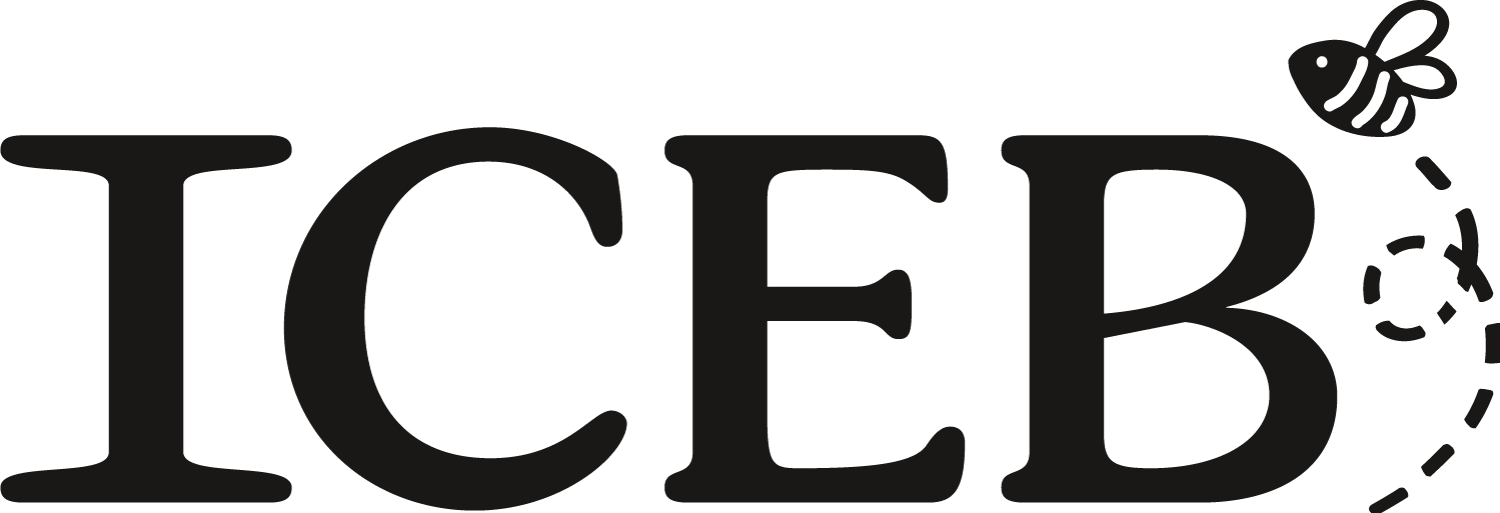Publications
2025
The origins of number sense: a commentary on “Is there an innate sense of number in the brain?”. SR Howard, Cerebral Cortex 35 (2), bhaf021
Spatial preferences influence associations between magnitude and space in honey bees. JCZ Kuo, L Ng, D Stuart-Fox, AG Dyer, SR Howard, Animal Behaviour, 123054
2024
Leveraging social media and community science data for environmental niche models: A case study with native Australian bees. RA Moore, MRE Symonds, SR Howard, Ecological Informatics 84, 102857
Pollinator management and food security. SR Howard, ZX Ren, Behavioural Responses to a Changing World, 278
Understanding the limits to animal cognition. SR Howard, AB Barron, Current Biology 34 (7), R294-R300
Quantity misperception by hymenopteran insects observing the solitaire illusion. SR Howard, AG Dyer, Iscience 27 (2)
2023
Aversive reinforcement improves visual discrimination learning in free-flying wasps (Vespula vulgaris). AG Dyer and SR Howard, Behavioral Ecology and Sociobiology 77 (9), 101
Complex preference relationships between native and non-native angiosperms and foraging insect visitors in a suburban greenspace under field and laboratory conditions. SR Howard, MRE Symonds, The Science of Nature 110 (3), 16
The final frontier: ecological and evolutionary dynamics of a global parasite invasion. Nadine C Chapman, Théotime Colin, James Cook, Carmen RB Da Silva, Ros Gloag, Katja Hogendoorn, Scarlett R Howard, Emily J Remnant, John MK Roberts, Simon M Tierney, Rachele S Wilson, Alexander S Mikheyev, Biology Letters 19 (5), 20220589
A world without bees: new insights from Australia for managing sustainability in a changing climate. SR Howard, MRE Symonds, The Science of Nature 110 (3), 16
2022
Vertical versus horizontal Spatial-Numerical Associations (SNA): A processing advantage for the vertical dimension. L Greenacre, JE Garcia, E Chan, SR Howard, AG Dyer, Plos one 17 (8), e0262559
Pollinator-flower interactions in gardens during the COVID-19 pandemic lockdown of 2020. J Ollerton, J Trunschke, K Havens, P Landaverde-González, A Keller, …, Journal of Pollination Ecology 31, 87-96
Numerosity categorization by parity in an insect and simple neural network. SR Howard, J Greentree, A Avarguès-Weber, JE Garcia, AD Greentree, Adrian G Dyer, Frontiers in Ecology and Evolution, 252
2021
Bee representations in human art and culture through the ages. KS Prendergast, JE Garcia, SR Howard, ZX Ren, SJ McFarlane, AG Dyer, Art & Perception 10 (1), 1-62
Motion cues from the background influence associative color learning of honey bees in a virtual-reality scenario. G Lafon, SR Howard, BH Paffhausen, A Avarguès-Weber, M Giurfa, Scientific Reports 11 (1), 21127
Comparative psychophysics of colour preferences in two species of non-eusocial Australian native halictid bees. SR Howard, JE Garcia, AG Dyer, Journal of Comparative Physiology A 207 (5), 657-666
Spontaneous choices for insect-pollinated flower shapes by wild non-eusocial halictid bees. SR Howard, K Prendergast, MRE Symonds, M Shrestha, AG Dyer, Journal of Experimental Biology 224 (16), jeb242457
Wild non-eusocial bees learn a colour discrimination task in response to simulated predation events. SR Howard, The Science of Nature 108 (4), 28
Einstein, von Frisch and the honeybee: a historical letter comes to light. AG Dyer, AD Greentree, JE Garcia, EL Dyer, SR Howard, FG Barth, Journal of Comparative Physiology A 207 (4), 449-456
Towards precision apiculture: Traditional and technological insect monitoring methods in strawberry and raspberry crop polytunnels tell different pollination stories. SR Howard, M Nisal Ratnayake, AG Dyer, JE Garcia, A Dorin, Plos one 16 (5), e0251572
Insects in the city: Does remnant native habitat influence insect order distributions? M Shrestha, JE Garcia, F Thomas, SR Howard, JHJ Chua, T Tscheulin, Alan Dorin, Anders Nielsen, Adrian G Dyer, Diversity 13 (4), 148
Naïve and Experienced Honeybee Foragers Learn Normally Configured Flowers More Easily Than Non-configured or Highly Contrasted Flowers. SR Howard, AG Dyer, JE Garcia, M Giurfa, DH Reser, MGP Rosa, Aurore Avarguès-Weber, Frontiers in Ecology and Evolution, 744
Insects in the city: Does remnant native habitat influence insect order distributions? M Shrestha, JE Garcia, F Thomas, SR Howard, JHJ Chua, T Tscheulin, Alan Dorin, Anders Nielsen, Adrian G Dyer, Diversity 13 (4), 148
Naïve and Experienced Honeybee Foragers Learn Normally Configured Flowers More Easily Than Non-configured or Highly Contrasted Flowers. SR Howard, AG Dyer, JE Garcia, M Giurfa, DH Reser, MGP Rosa, Aurore Avarguès-Weber, Frontiers in Ecology and Evolution, 744
Spontaneous quantity discrimination of artificial flowers by foraging honeybees. SR Howard, J Schramme, JE Garcia, L Ng, A Avarguès-Weber, Andrew D Greentree, Adrian G Dyer, Journal of Experimental Biology 223 (9), jeb223610
2020
Reply to comment on Howard et al. (2019): ‘Nothing to dance about: unclear evidence for symbolic representations and numerical competence in honeybees’. SR Howard, A Avarguès-Weber, JE Garcia, AD Greentree, AG Dyer, Proceedings of the Royal Society B 287 (1925), 20200095
Balancing research excellence and media impact: A multistage approach. AG Dyer, SR Howard, JE Garcia, Journal and Proceedings of the Royal Society of New South Wales 152 (475-476), 320-326
Ethical considerations for invertebrates. SR Howard, MRE Symonds, Animal Sentience 5 (29), 21
How to engage public support to protect overlooked species. SR Howard, AG Dyer, Animal Sentience 4 (27), 25
2019
Common principles in learning from bees through to humans: Individual differences set a basis for learning theory and implementations into AI. AG Dyer, JE Garcia, SR Howard, AA Weber, AD Greentree, Video Journal of Education and Pedagogy 4 (2), 184-201

